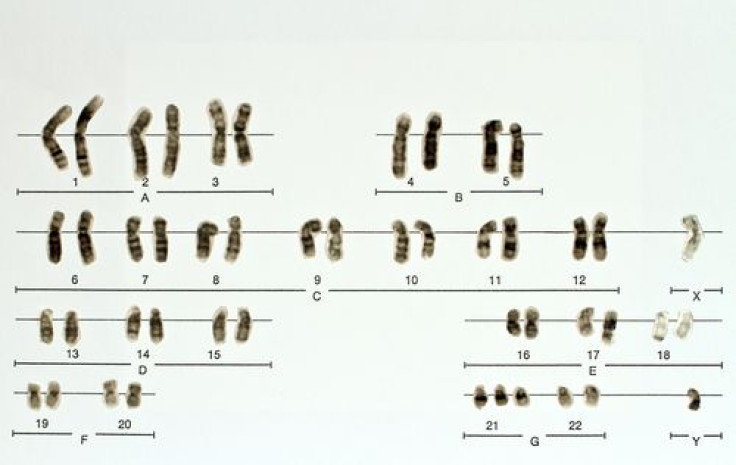Oldest Down Syndrome Case Possibly Unearthed With 5th-Century Skeleton In Medieval France

Some 1,500 years ago, during the early periods of France’s medieval period, a child with Down syndrome was being laid to rest. At least, that’s the theory proposed by archaeologists from the University of Bordeaux in a recent study that claims to have found the world’s oldest evidence of the genetic condition.
A broad jaw, flattened skull base, and thin set of cranial bones has researchers confident their finding confirms Down syndrome has existed at least since the fifth or sixth century. Marked by an extra 21st chromosome — three, rather than the normal two — Down syndrome results from faulty cell division. The root cause, however, while known to be of some genetic relation, still remains unknown.
An interesting thing stood out to members of the dig. When people were buried in medieval France, tradition dictated they be oriented east-west, with their heads placed at the west end of the grave. This was unless the person was considered malformed or otherwise ostracized. But the child the team uncovered was buried the same as the other 93 skeletons they uncovered during the dig, leading them to believe Down syndrome didn’t carry the stigma it does today.
"I think the paper makes a convincing case for a diagnosis of Down's syndrome," John Starbuck, at Indiana University in Indianapolis, told New Scientist. Starbuck conducted a recent analysis of a 1,500-year-old figurine from the Mexican Tolteca culture, which he believes depicts evidence of Down syndrome. He disagreed, however, that researchers should draw any conclusions from how they found the skeleton about the condition’s cultural reception.
"It can be very difficult to extrapolate cultural values and behavior from burials or skeletal remains,” he said.
Since the disorder received full description in 1866, from British doctor John Langdon Down, the syndrome has been under the watchful eye of scientists — stateside in particular, as diagnoses in the U.S. have seen a steady rise over the last four decades. The Centers for Disease Control and Prevention show that between 1979 and 1983, the prevalence hovered around 9.5 cases per 10,000 births, or .095 percent, to 11.8 cases in 2003. More important, however, is increased life expectancy that comes with the condition. In 1983, people with Down syndrome lived into their mid-20s. Today, they often live until age 60.
Short life expectancy may also explain why the unearthed skeleton was so young — in fact the youngest, the team believes, that has ever been discovered. It would be rare to find a full-grown adult with similar facial bone structures, as even a few decades ago people with Down syndrome could only hope to exit their teen years before their days were numbered.
The rarity of the condition could also explain the child’s normal burial, as people had little knowledge of any biological deformity. Researchers presented a similar argument in 2011, when they found a centuries-old burial of a man with an apparent case of dwarfism.
Source: Rivollat M, Castex D, Hauret L, Tillier A. Ancient Down syndrome: An osteological case from Saint-Jean-des-Vignes, northeastern France, from the 5–6th century AD. International Journal of Paleopathology. 2014.



























